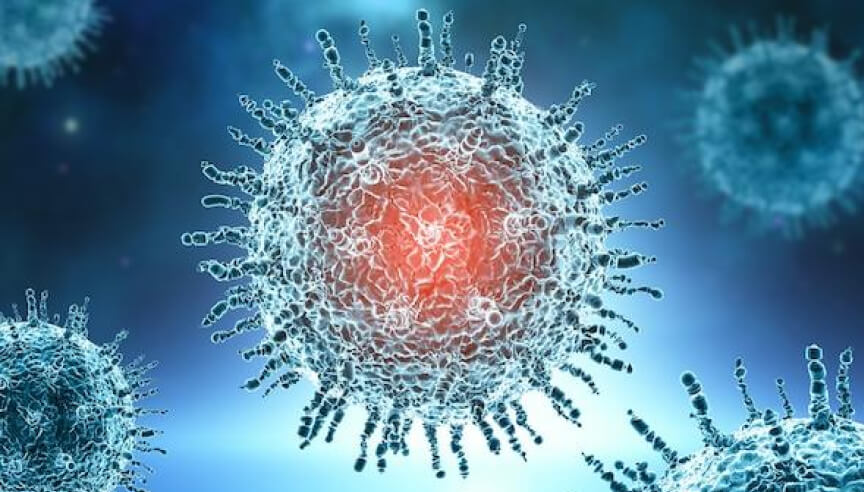Recent Posts
Viruses Killed by UV Light in Water

Fighting Disease: Viruses Killed by UV Light in Water
Access to clean and safe drinking water is crucial for maintaining public health. Traditional water treatment methods, while effective, sometimes struggle with certain resilient pathogens. Ultraviolet (UV) disinfection has emerged as a powerful, chemical-free alternative that effectively neutralizes a wide range of viruses, ensuring safer drinking water. This article explores the various viruses that can be killed by UV light in water and the mechanics behind this disinfection method.
How UV Disinfection Works
UV disinfection involves exposing water to UV-C light, which has wavelengths between 200 and 280 nanometers. This light penetrates the cells of microorganisms, including viruses, and damages their nucleic acids (DNA and RNA). This damage prevents the microorganisms from replicating, effectively inactivating them and rendering them harmless.
Key Viruses Neutralized by UV Light
- Rotavirus
- Overview: Rotavirus is a leading cause of severe diarrhea and dehydration in young children worldwide.
- UV Sensitivity: UV-C light is highly effective at inactivating rotavirus, making UV treatment a valuable tool in preventing waterborne outbreaks of this pathogen.
- Norovirus
- Overview: Known for causing acute gastroenteritis, norovirus is notorious for its ability to spread rapidly in communities.
- UV Sensitivity: Studies have shown that UV-C disinfection can significantly reduce norovirus contamination in water, helping to prevent outbreaks of this highly contagious virus.
- Hepatitis A Virus (HAV)
- Overview: HAV is responsible for liver infections and can be transmitted through contaminated water.
- UV Sensitivity: UV-C light effectively inactivates HAV, providing a robust defense against this pathogen in water treatment processes.
- Hepatitis E Virus (HEV)
- Overview: HEV, similar to HAV, causes liver disease and is transmitted via fecal-oral routes, often through contaminated water.
- UV Sensitivity: UV disinfection has proven effective in reducing HEV presence in water supplies, mitigating the risk of transmission.
- Adenovirus
- Overview: Adenoviruses cause a range of illnesses, from respiratory infections to gastroenteritis.
- UV Sensitivity: Although adenoviruses are more resistant to UV light compared to other viruses, higher doses of UV-C can still achieve effective inactivation.
- Poliovirus
- Overview: Poliovirus, which causes polio, is a significant concern in regions with inadequate sanitation.
- UV Sensitivity: UV-C light is effective in inactivating poliovirus, contributing to efforts to control and eradicate this virus.
- SARS-CoV-2
- Overview: The virus responsible for COVID-19, SARS-CoV-2, has raised global awareness of the need for effective disinfection methods.
- UV Sensitivity: Emerging studies suggest that UV-C light can inactivate SARS-CoV-2 in water, though further research is ongoing to confirm optimal conditions for disinfection.
Benefits of UV Disinfection for Virus Control
- Chemical-Free:
UV disinfection eliminates the need for chemical disinfectants, reducing the risk of harmful by-products and chemical residues in drinking water. - Broad-Spectrum Efficacy:
UV-C light can inactivate a wide range of pathogens, including bacteria, viruses, and protozoa, offering comprehensive protection. - Environmental Safety:
As a sustainable and environmentally friendly method, UV disinfection does not introduce harmful substances into the environment. - Operational Efficiency:
UV systems provide rapid disinfection with minimal contact time, enhancing the efficiency of water treatment processes.
Implementation Considerations
- System Design:
Effective UV disinfection systems must be designed to ensure adequate exposure of water to UV-C light, taking into account flow rates and water quality. - Maintenance and Monitoring:
Regular maintenance, including cleaning of UV lamps and monitoring of UV intensity, is essential to maintain system efficacy. - Safety Precautions:
Proper shielding and safety measures must be in place to protect operators from exposure to UV light.
Conclusion
UV disinfection stands out as a potent and reliable method for inactivating a variety of viruses in water, ensuring the safety and health of communities. By leveraging the power of UV-C light, water treatment facilities can effectively combat waterborne viruses without the drawbacks associated with chemical disinfectants. As research continues to advance, UV disinfection will likely play an increasingly vital role in the global effort to provide clean and safe drinking water for all.
